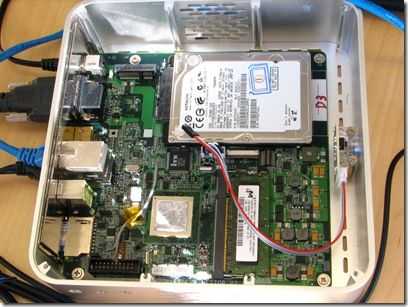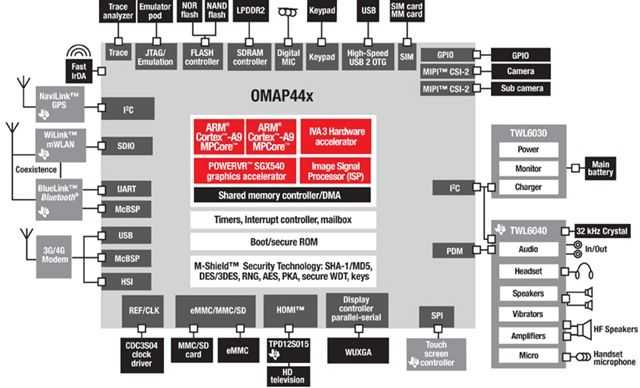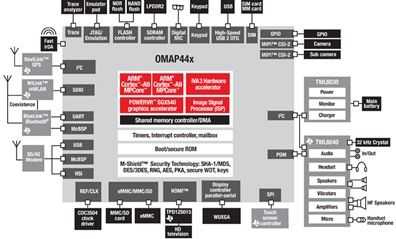
Posted on 18 September 2010

While we wait for full tablet and smartphone implementations of the Tegra 2, dual-core Cortex A9-based CPU, NuFront have been working on a high-end implementation aimed at every-day computing.
The NuSmartâ„¢ 2816 Computer System Chip is testing in various versions up to 2Ghz. Average power drain (not idle, not TDP) is 2W which puts it in the same envelope as a 1.6Ghz Z6xx Atom CPU (TDP 3.7W)
At a demonstration of the CPU we watched hi-def movies and Android running smoothly but were left with the impression that this chip would work better with a slick desktop-style operating system. In terms of raw power you’re looking at a netbook/nettop style experience although without the possibility of Windows desktop operating systems, it will need some strong marketing and targeting to slightly tighter niches.
The final versions of the NuFront 2816 are expected soon with products following up in Asia shortly after that. We’ll be very interested to see if someone can build on the smartbook theme with a super-light Ubuntu-based solution. Given that Android isn’t ready for these devices, the Ubuntu solution could be better.
Press release PDF is available here.

Posted on 16 February 2009
That’s not me adding the ‘MID’ label there, that’s exactly what Texas Instruments are saying as they announce the OMAP 4 series of platforms.
OMAP 4 is built using the next generation of ARM Cores, Cortex A9 MPCore, which allow for dual-core builds.
Helping Smartphone and Mobile Internet Device (MID) manufacturers shape the future of the mobile market with innovative devices, Texas Instruments Incorporated (TI) (NYSE: TXN) today announced the new OMAPâ„¢ 4 mobile applications platform. The OMAP 4 platform delivers new, stunning, multimedia-rich user experiences such as 1080p video record and playback, 20 megapixel (MP) imaging and approximately a week of audio play time. The new platform provides significant improvements in performance and play time compared to today’s most popular Smartphones, with 10x faster Web page loading times, more than 7x higher computing performance, 6x higher video resolution, 10x better graphics performance and 6x longer audio play time.
The last time I spoke to Ti, their definition of MIDs was slightly wider ranging than the average definition out there and included voice-enabled sliders, tablets and netbooks so you can see why they are giving it such weighting.
Putting the figures into perspective from the above excerpt, I’d say they’re talking about performance levels well above the baseline 800Mhz Silverthorne Atom from Intel. Maybe something around the 1.3Ghz Atom level that we see today. Of course that’s an educated guess. Real-world speed really depends on software and ergonomics in addition to raw power.

There’s a lot of information to digest on the press release and accompanying white papers but don’t worry too much unless you intend to use it in multi-million quantities , it’s initially aimed at large volume wireless carriers and won’t be in production until late 2010. For you, me and the rest of the potential customers out there, we’ve still got the OMAP 3 platform to look forward to. Now where’s that new Nokia Tablet?
















